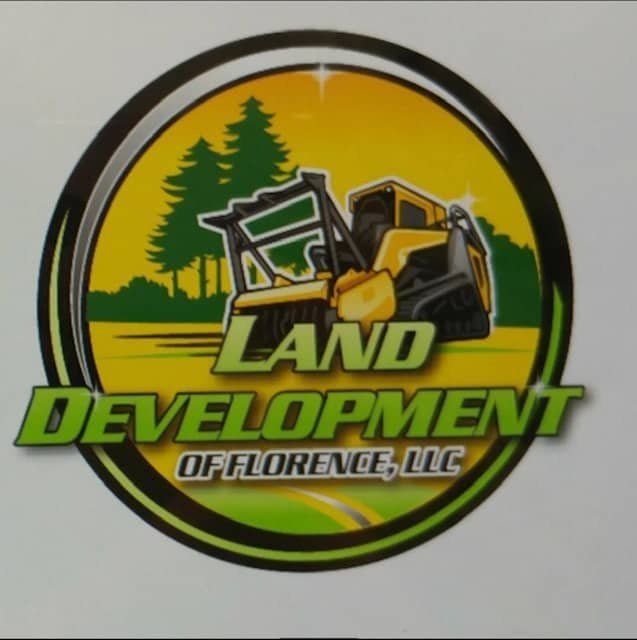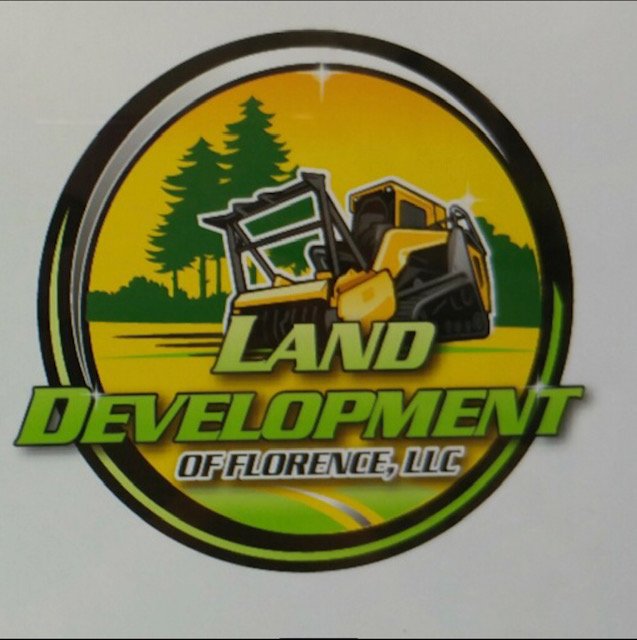Trees of South Carolina
Here are just a few types of trees living in South Carolina.
South Carolina is home to a variety of tree species, thanks to its diverse climate and geography. Here are some of the common types of trees you can find in South Carolina:
Loblolly Pine (Pinus taeda): Loblolly pine is one of the most abundant tree species in South Carolina and is commonly used in the state's forestry industry.
Longleaf Pine (Pinus palustris): Longleaf pine trees are native to the southeastern United States, including South Carolina. They are important for wildlife habitat and once played a significant role in the naval stores industry.
Southern Live Oak (Quercus virginiana): Live oaks are iconic trees in the southern United States, known for their sprawling canopies and evergreen leaves.
Bald Cypress (Taxodium distichum): These trees are often found in swamps and along waterways in South Carolina. They have unique "knees" that protrude from the water.
Sweetgum (Liquidambar styraciflua): Sweetgum trees are recognizable by their star-shaped leaves and spiky seed pods.
American Holly (Ilex opaca): American holly is a small evergreen tree with distinctive red berries, often used in holiday decorations.
Red Maple (Acer rubrum): Red maple trees are found throughout South Carolina and are known for their brilliant red foliage in the fall.
Dogwood (Cornus florida): Dogwood trees produce beautiful spring blossoms and are often planted for ornamental purposes.
Black Tupelo (Nyssa sylvatica): Also known as black gum or sour gum, these trees have vibrant fall foliage and provide habitat for wildlife.
Pecan (Carya illinoinensis): Pecan trees produce the well-loved pecan nuts and are commonly found in South Carolina.
Sycamore (Platanus occidentalis): Sycamores are large deciduous trees that often grow along rivers and streams.
Eastern Red Cedar (Juniperus virginiana): Despite its name, the Eastern red cedar is actually a type of juniper. It's a common tree in South Carolina.
Water Oak (Quercus nigra): Water oaks are frequently found near wetlands and along riverbanks.
Black Walnut (Juglans nigra): Black walnut trees are known for their valuable timber and edible nuts.
Eastern Hemlock (Tsuga canadensis): These evergreen trees are found in the cooler, mountainous regions of South Carolina.
These are just some of the many tree species you can find in South Carolina. The state's diverse ecosystems support a wide variety of trees, making it a rich and ecologically important region for forestry and conservation.
Most common and notable native trees found in South Carolina:
Loblolly Pine (Pinus taeda)
Longleaf Pine (Pinus palustris)
Slash Pine (Pinus elliottii)
Shortleaf Pine (Pinus echinata)
Virginia Pine (Pinus virginiana)
Southern Yellow Pine (Pinus spp.)
Bald Cypress (Taxodium distichum)
Eastern Red Cedar (Juniperus virginiana)
American Holly (Ilex opaca)
Black Tupelo (Nyssa sylvatica)
Water Tupelo (Nyssa aquatica)
Sweetgum (Liquidambar styraciflua)
Red Maple (Acer rubrum)
Sugar Maple (Acer saccharum)
Silver Maple (Acer saccharinum)
Boxelder (Acer negundo)
Dogwood (Cornus florida)
Flowering Dogwood (Cornus florida)
Sassafras (Sassafras albidum)
Eastern Redbud (Cercis canadensis)
American Elm (Ulmus americana)
Winged Elm (Ulmus alata)
Shagbark Hickory (Carya ovata)
Mockernut Hickory (Carya tomentosa)
Pignut Hickory (Carya glabra)
American Beech (Fagus grandifolia)
Southern Magnolia (Magnolia grandiflora)
Black Cherry (Prunus serotina)
Black Locust (Robinia pseudoacacia)
Black Walnut (Juglans nigra)
American Sweetgum (Liquidambar styraciflua)
American Hornbeam (Carpinus caroliniana)
American Sycamore (Platanus occidentalis)
River Birch (Betula nigra)
American White Oak (Quercus alba)
Southern Red Oak (Quercus falcata)
Blackjack Oak (Quercus marilandica)
Willow Oak (Quercus phellos)
Water Oak (Quercus nigra)
Live Oak (Quercus virginiana)
Chestnut Oak (Quercus prinus)
Post Oak (Quercus stellata)
Carolina Silverbell (Halesia carolina)
American Basswood (Tilia americana)
Red Mulberry (Morus rubra)
Redbay (Persea borbonia)
Devil's Walkingstick (Aralia spinosa)
American Hophornbeam (Ostrya virginiana)
Eastern Hemlock (Tsuga canadensis)
Pawpaw (Asimina triloba)
Please note that this list is not exhaustive, and South Carolina's diverse ecosystems supports many more tree species. Additionally, the distribution of tree species may vary across the state's different regions, from the coastal areas to the piedmont and the mountainous regions.
Question: How do I treat a sick oak tree?
Answer:
Treating a sick oak tree requires a careful and systematic approach to address the underlying issue causing the tree's decline. Here are steps you can take to help a sick oak tree:
Identify the Problem: First, determine the cause of the tree's illness. Common issues for oak trees can include diseases, pests, poor soil conditions, environmental stressors, or physical damage. You may need to consult with a certified arborist or a local extension service to accurately diagnose the problem.
Prune Dead or Diseased Branches: Remove any dead or diseased branches to improve the tree's overall health and reduce the risk of further infection or infestation. Use proper pruning techniques, making clean cuts at the branch collar to promote healing.
Improve Soil Health: Ensure that the oak tree is growing in well-draining soil. If the soil is compacted, consider aerating it to improve root oxygenation. Add organic mulch around the base of the tree to retain moisture and provide essential nutrients as it decomposes.
Water Properly: Oaks generally prefer well-drained soil but need regular watering, especially during periods of drought. Water deeply and infrequently rather than shallow, frequent watering. Avoid overwatering, as it can lead to root rot.
Fertilize Prudently: If soil tests indicate nutrient deficiencies, consider fertilizing your oak tree. However, it's crucial not to over-fertilize, as this can harm the tree. Follow recommendations from soil tests or consult with an arborist.
Control Pests: If the issue is due to insect pests like oak borers or caterpillars, consider appropriate insecticide treatments. Be sure to identify the specific pest and use environmentally friendly and tree-safe methods when possible.
Manage Diseases: For oak tree diseases like oak wilt or anthracnose, consult with a professional arborist who can recommend appropriate treatments. Diseases may require fungicides, pruning, or other specialized care.
Reduce Stressors: Minimize additional stressors on the tree. Avoid compaction of the soil around the root zone, and be cautious with construction activities near the tree that could damage roots.
Monitor Progress: Keep a close eye on the tree's condition over time. Assess whether the treatments are improving the tree's health or if further action is necessary.
Consult an Arborist: If the tree's health continues to decline despite your efforts or if you're unsure about the problem, consult a certified arborist or tree care professional. They can provide a more accurate diagnosis and recommend the best course of action.
Remember that treating a sick oak tree can be a complex and long-term process. The specific treatment will depend on the tree's condition and the underlying issue. Taking proactive steps to maintain the tree's overall health, such as proper pruning, watering, and soil care, can also help prevent future problems.
Should I cut my own tree down?
Cutting down a tree is a significant and potentially hazardous task that should not be taken lightly. Whether you should cut down your own tree or not depends on several factors, including your experience, the tree's size and location, local regulations, and safety considerations. Here are some important points to consider:
Safety: Tree cutting can be dangerous, especially if you don't have the necessary skills and equipment. Falling trees and branches can cause serious injuries or damage to property. If you are not experienced in tree removal, it's generally safer to hire a professional tree service.
Tree Size: The size of the tree matters. Small trees with a trunk diameter of a few inches may be manageable for some homeowners with the right tools and knowledge. However, larger trees often require specialized equipment and expertise to safely remove.
Local Regulations: Check with your local government or municipal authorities to determine if there are any regulations or permits required for tree removal. Some areas have strict rules about cutting down trees, especially if they are on public property or are protected species.
Insurance: If you attempt to cut down a tree yourself and it results in property damage or injuries, your homeowner's insurance may not cover the costs. Professional tree removal companies typically have liability insurance to cover such situations.
Expertise: Removing a tree correctly requires knowledge of tree anatomy, cutting techniques, and safety protocols. If you lack experience, you may not be able to predict how the tree will fall, which can lead to accidents.
Equipment: Cutting down a tree often requires specialized tools such as chainsaws, ropes, and safety gear. If you don't have the right equipment or aren't familiar with its proper use, it can be dangerous.
Environmental Impact: Consider the environmental impact of removing the tree. Trees provide numerous benefits, including oxygen production, shade, and habitat for wildlife. If possible, explore alternatives like tree trimming or relocation before deciding to cut down a tree.
In most cases, especially when dealing with large or potentially hazardous trees, it's advisable to hire a qualified and insured tree removal service. They have the expertise, equipment, and experience needed to safely and efficiently cut down trees while minimizing the risks involved. Additionally, they can help you navigate any legal or regulatory requirements related to tree removal in your area.

